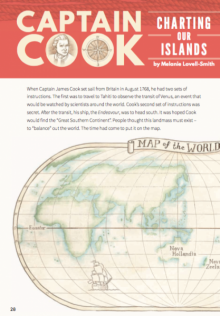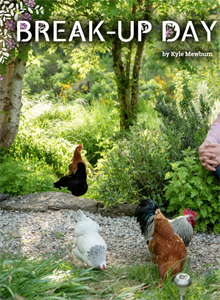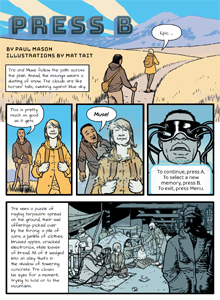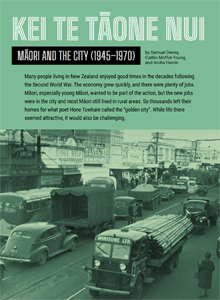Instructional Series
Welcome to the English medium literacy instructional series teaching and learning resources for years 1 to 8.

- 4
- 2
- 8
- English
- Social Sciences
- Health and Physical Education
- Science
- The Arts
- Mathematics and Statistics
- Technology
- Non-fiction
- Fiction
- None
- Articles
- Stories
- Poems
- Plays
- Comic
Search results
64 items - Showing 61 - 64
-

Captain Cook Charting Our Islands
This article describes Captain Cook’s first visit to New Zealand where he charted the coastline. It focuses on Cook’s abilities as a skilled maker of charts and maps rather than as a great explorer. It also examines the maths involved in Cook’s chart making (a perfect, real-life example of maths in everyday life).
-

Break-up Day
by Kyle Mewburn
Kyle Mewburn shares her experience of growing up as a transgender girl and explores gender in a way that shows how, despite the challenges and expectations of others, she managed to find a sense of identity and belonging.
-

Press B
by Paul Mason; illustrations by Mat Tait
Paul Mason continues his story of a dystopian future, told from the perspective of Tre and Muse, both of whom have spent their young adult lives fighting back against the rulers. This latest instalment in the series is told using a comic format.
Information and tips for using comics in the classroom:
-

Kei te Tāone Nui: Māori and the City (1945–1970)
by Samuel Denny, Caitlin Moffat-Young, and Aroha Harris
The post-Second-World-War era in Aotearoa New Zealand saw one of the fastest rates of urban migration in the world, with Māori migrating to cities in large numbers to take advantage of new economic opportunities. The “golden city” offered much, but it came at a high price. Despite an unquestioned narrative in Pākehā communities that New Zealand’s race relations were world leading, Māori moving to the city encountered prejudice and discrimination at many levels. Māori responded to these challenges in multiple ways, for example, by establishing formal and informal groups that strengthened collective expression of Māori cultural values and practices. By gathering together to debate and take action on key issues, the seeds were sown for the modern Māori protest movement as well as the forging of a new urban Māori identity.


 Literacy Online home
Literacy Online home
